In the pursuit of a good night's sleep, many of us employ various strategies to create a comfortable sleeping environment. One such strategy that has gained popularity, especially during warmer months or in regions with less-than-ideal bedroom temperatures, is sleeping with a desk fan on. While it may seem like a simple solution to combat the heat and promote better sleep, the question of whether it is safe to do so is worth exploring. In this blog post, we will delve into the potential benefits and risks associated with sleeping with a desk fan on, examining both the physical and health implications.
The Appeal of Sleeping with a Desk Fan On
Temperature Regulation
One of the primary reasons people choose to sleep with a desk fan on is to regulate body temperature. A warm bedroom can disrupt sleep patterns, causing restlessness and difficulty falling asleep. A fan can help circulate air, creating a cooling effect that makes it more comfortable to sleep. By promoting a cooler sleeping environment, a desk fan may potentially improve the quality of sleep, allowing for deeper and more restorative rest.
Improved Air Circulation
In addition to temperature control, a desk fan can also enhance air circulation in the bedroom. Stagnant air can feel stuffy and may lead to discomfort during sleep. The movement of air created by the fan can help disperse any odors or pollutants, providing a fresher and more pleasant sleeping atmosphere. This improved air quality can contribute to better overall sleep hygiene.
Potential Benefits of Sleeping with a Desk Fan On
Allergy Relief
For individuals who suffer from allergies, sleeping with a fan on can have certain benefits. The airflow generated by the fan can help reduce the concentration of allergens in the air, such as dust mites, pollen, and pet dander. By constantly circulating the air, the fan may prevent these allergens from settling on bedding and other surfaces, reducing the likelihood of allergic reactions during sleep. However, it's important to note that if the fan itself is not clean and accumulates dust and allergens on its blades and filters, it could potentially exacerbate allergy symptoms. Therefore, regular cleaning of the fan is crucial.
Relief from Hot Flashes
Hot flashes, a common symptom experienced by many women during menopause, can disrupt sleep. Sleeping with a desk fan on can provide immediate relief by cooling the body and reducing the intensity of hot flashes. The gentle breeze created by the fan can help dissipate the heat and make it more comfortable to endure these episodes, allowing for a more uninterrupted night's sleep.

Potential Risks and Concerns
Dryness
One of the main concerns associated with sleeping with a fan on is the potential for dryness. The continuous airflow can cause the moisture in the air to be blown away, leading to a decrease in humidity levels. This can result in dry skin, irritated eyes, and a dry nose and throat. In extreme cases, prolonged exposure to dry air can also lead to respiratory problems, especially for individuals with pre-existing respiratory conditions such as asthma. To mitigate this risk, it may be beneficial to use a humidifier in conjunction with the fan, especially in dry climates or during the winter months when indoor humidity levels tend to be lower.
Overheating of the Fan
Another potential risk is the overheating of the desk fan itself. Most desk fans are designed to operate continuously for short periods, but leaving them on overnight for extended hours can put a strain on the motor and other components. If the fan overheats, it may malfunction or even pose a fire hazard. To reduce this risk, it is important to choose a high-quality fan with a reliable cooling system and to ensure that the fan is placed in a well-ventilated area where it can dissipate heat effectively.
Noise Disturbance
The noise generated by a desk fan can also be a concern, especially for light sleepers. While some fans are designed to operate quietly, others can produce a significant amount of noise, which may disrupt sleep. The constant hum or whirring sound of the fan can be distracting and prevent you from entering deep sleep stages. If noise is an issue, you may want to consider using a fan with a lower decibel rating or placing it further away from your bed.
Airborne Contaminants
If the desk fan is not clean, it can circulate airborne contaminants such as dust, dirt, and bacteria throughout the room. These contaminants can settle on your bedding and be inhaled during sleep, potentially causing respiratory problems or allergic reactions. Regular cleaning of the fan, including wiping down the blades and filters, is essential to ensure that it is operating efficiently and not spreading harmful substances.

Tips for Safe and Effective Use of a Desk Fan While Sleeping
Choose the Right Fan
Select a desk fan that is specifically designed for continuous use and has a quiet operation. Look for fans with adjustable speeds so that you can customize the airflow according to your needs. Additionally, consider fans with built-in safety features such as thermal overload protection to prevent overheating.
Maintain Proper Hydration
To counteract the potential drying effects of the fan, make sure to stay hydrated throughout the day and before going to bed. Drink plenty of water to keep your body moisturized and reduce the impact of dry air on your skin and respiratory system.
Use a Humidifier
As mentioned earlier, using a humidifier in conjunction with the fan can help maintain optimal humidity levels in the bedroom. This will prevent dryness and create a more comfortable sleeping environment. Set the humidifier to a suitable humidity level, typically between 40% and 60%.
Clean the Fan Regularly
Regular cleaning of the desk fan is crucial to ensure its safe and effective operation. Wipe down the blades and exterior of the fan with a damp cloth regularly to remove dust and dirt. If the fan has a removable filter, clean or replace it according to the manufacturer's instructions. This will help prevent the circulation of airborne contaminants.
Position the Fan Correctly
Place the desk fan in a location where it can provide effective air circulation without blowing directly on you. This will help reduce the risk of noise disturbance and also prevent the air from becoming too cold or dry. You may want to angle the fan slightly away from your bed or use a fan diffuser to spread the airflow more evenly.
Conclusion
Sleeping with a desk fan on can offer several benefits, such as temperature regulation, improved air circulation, allergy relief, and relief from hot flashes. However, it is not without its potential risks, including dryness, overheating, noise disturbance, and the circulation of airborne contaminants. By taking appropriate precautions and following the tips outlined above, you can safely use a desk fan while sleeping and enjoy the benefits it provides without compromising your health or sleep quality.
Ultimately, the decision to sleep with a desk fan on depends on your individual needs and preferences. If you have any underlying health conditions or concerns, it is always advisable to consult with a healthcare professional before making any changes to your sleeping environment. With a little bit of knowledge and pla

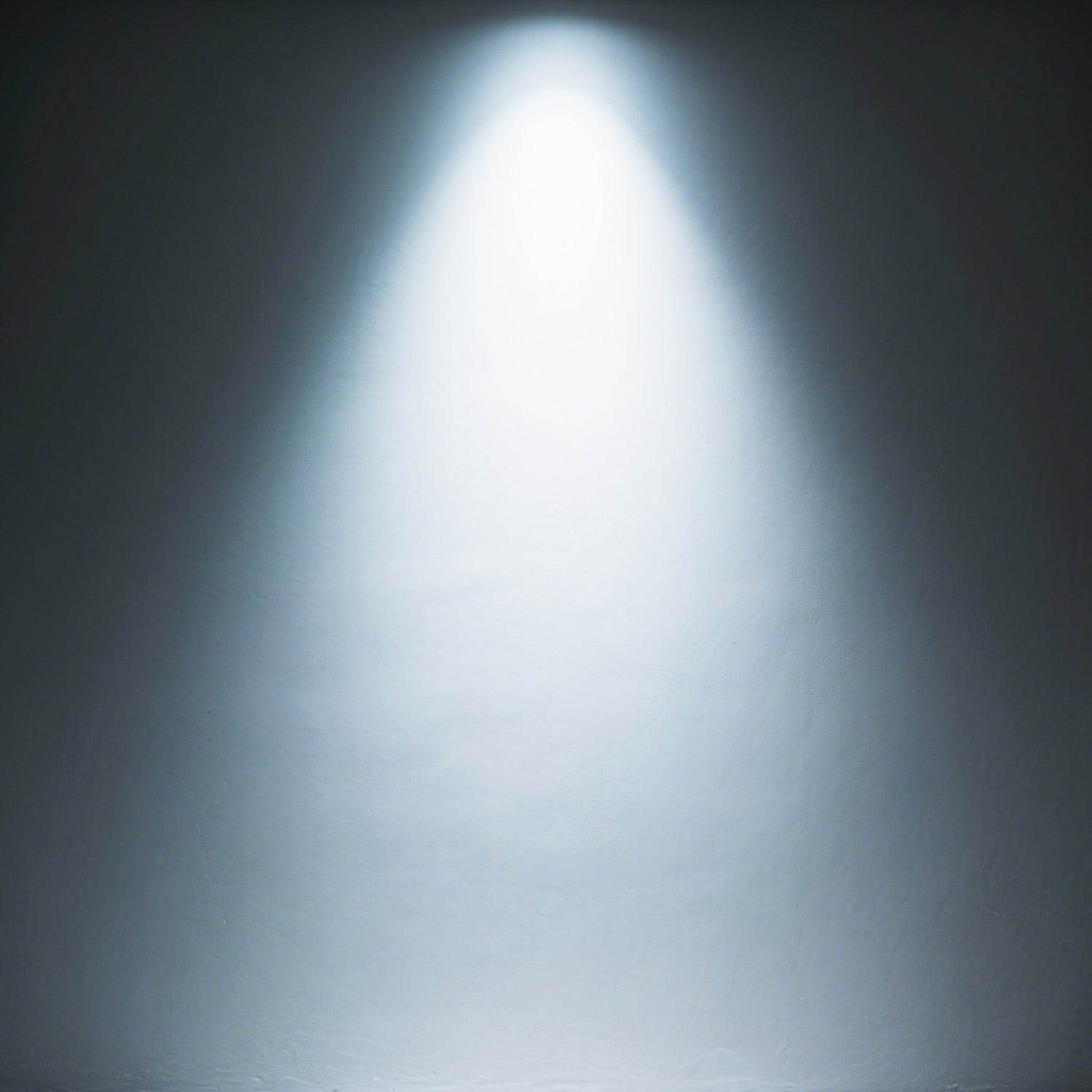

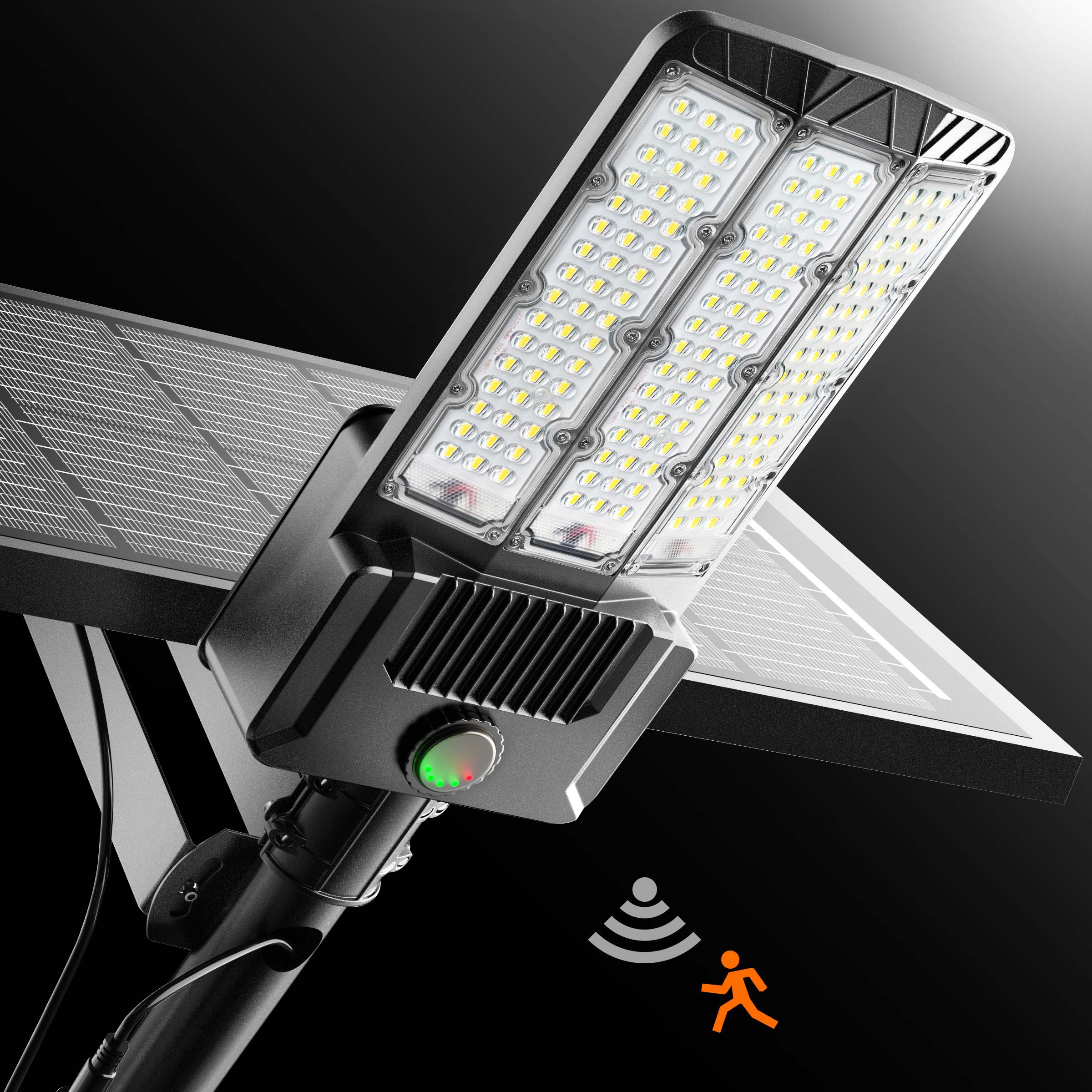
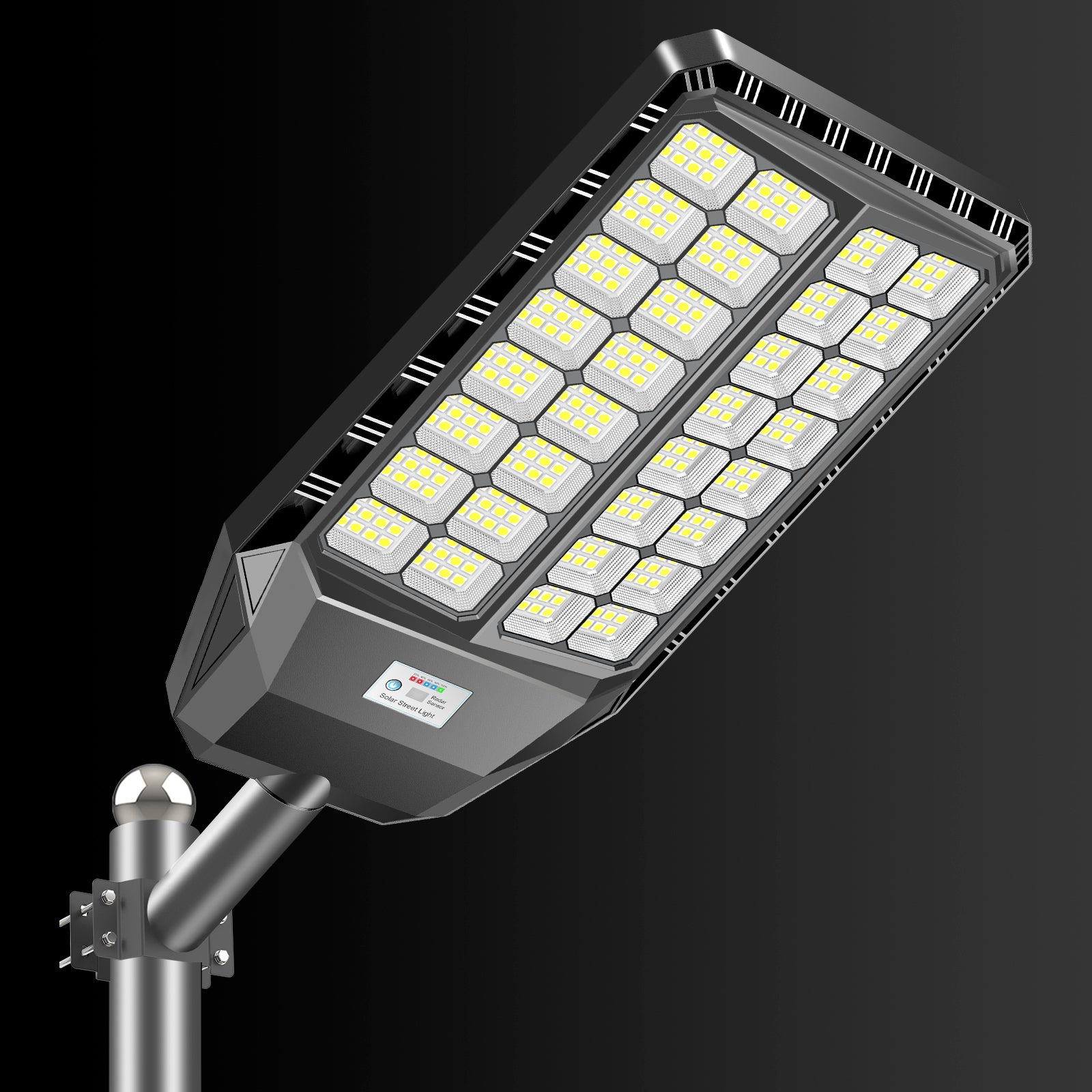
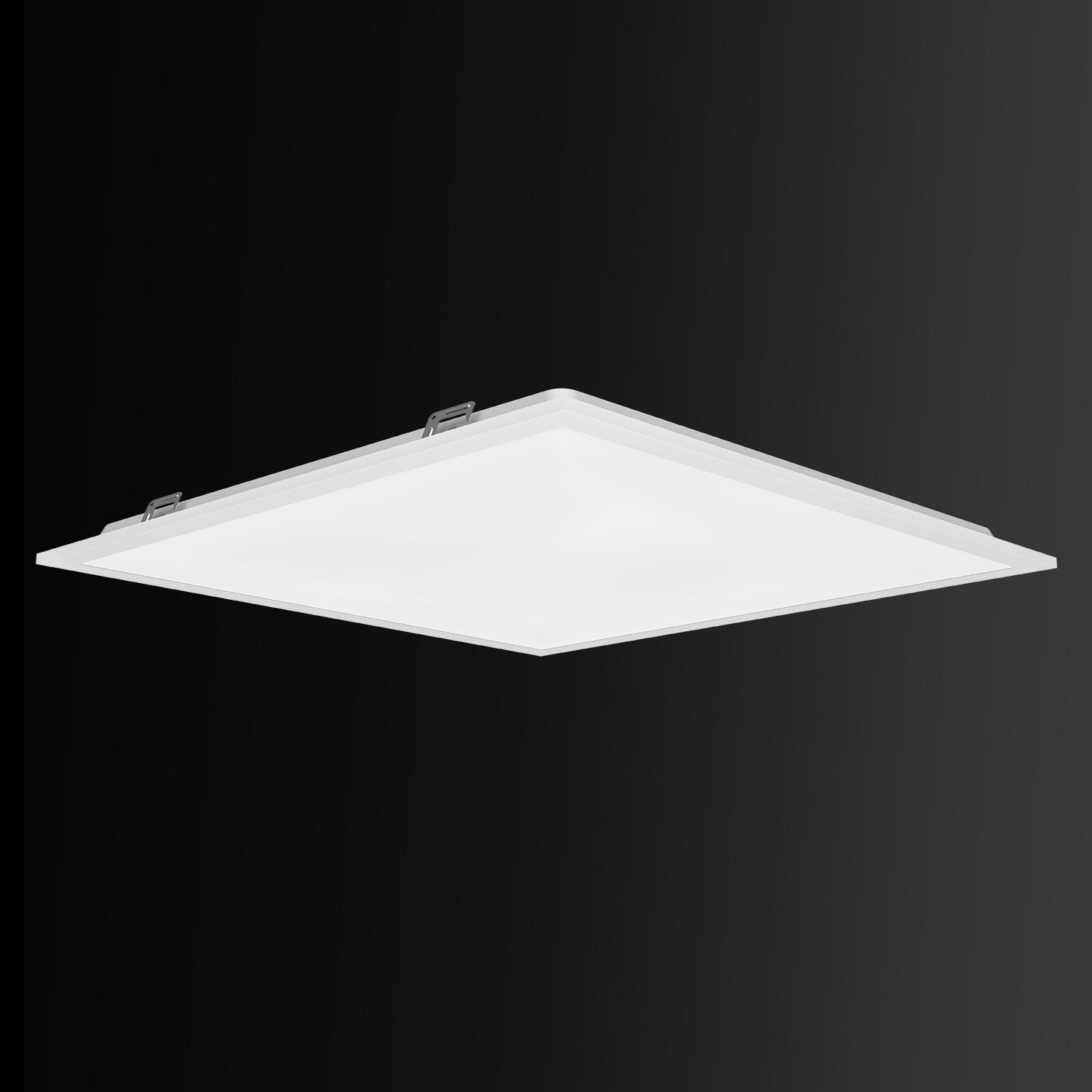

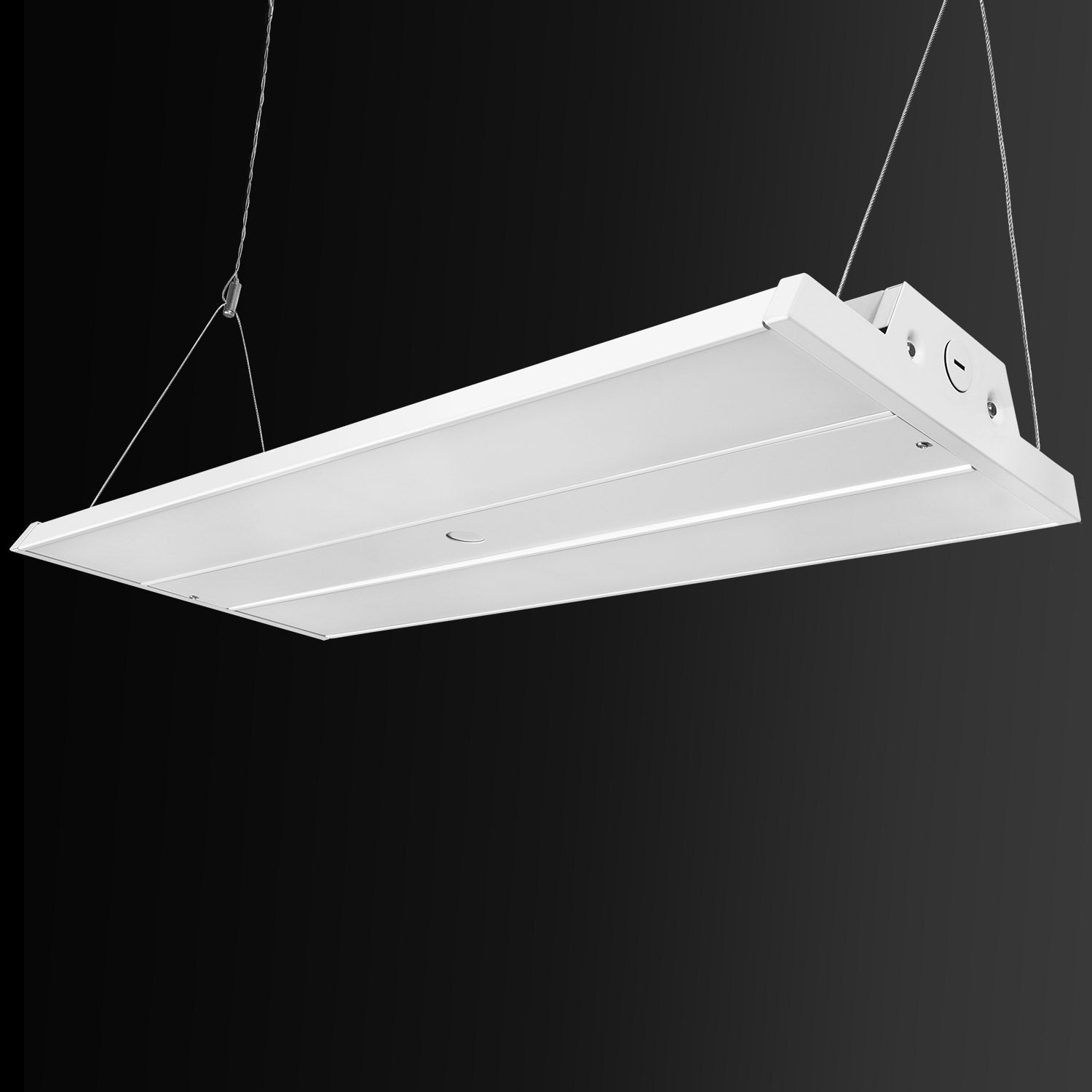
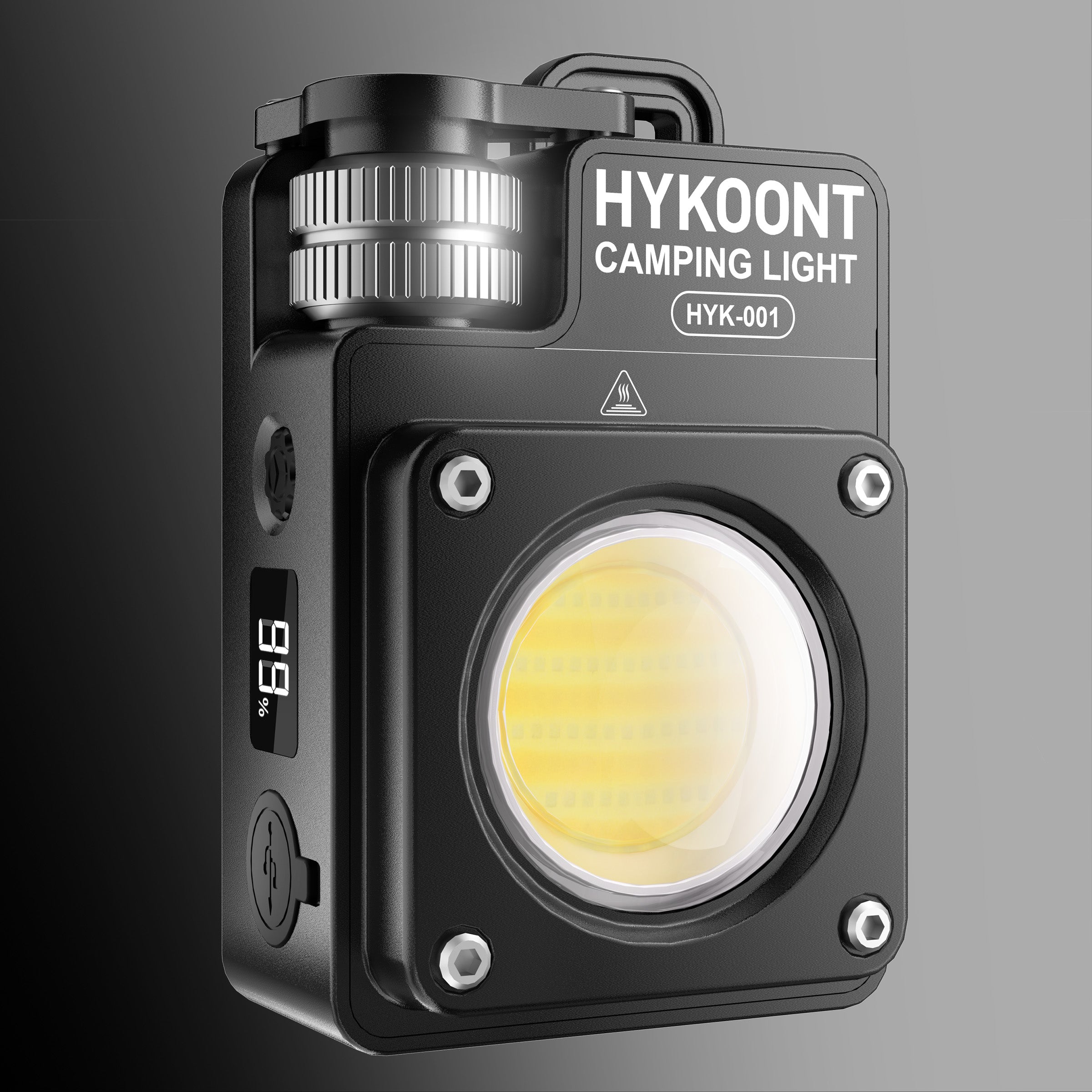
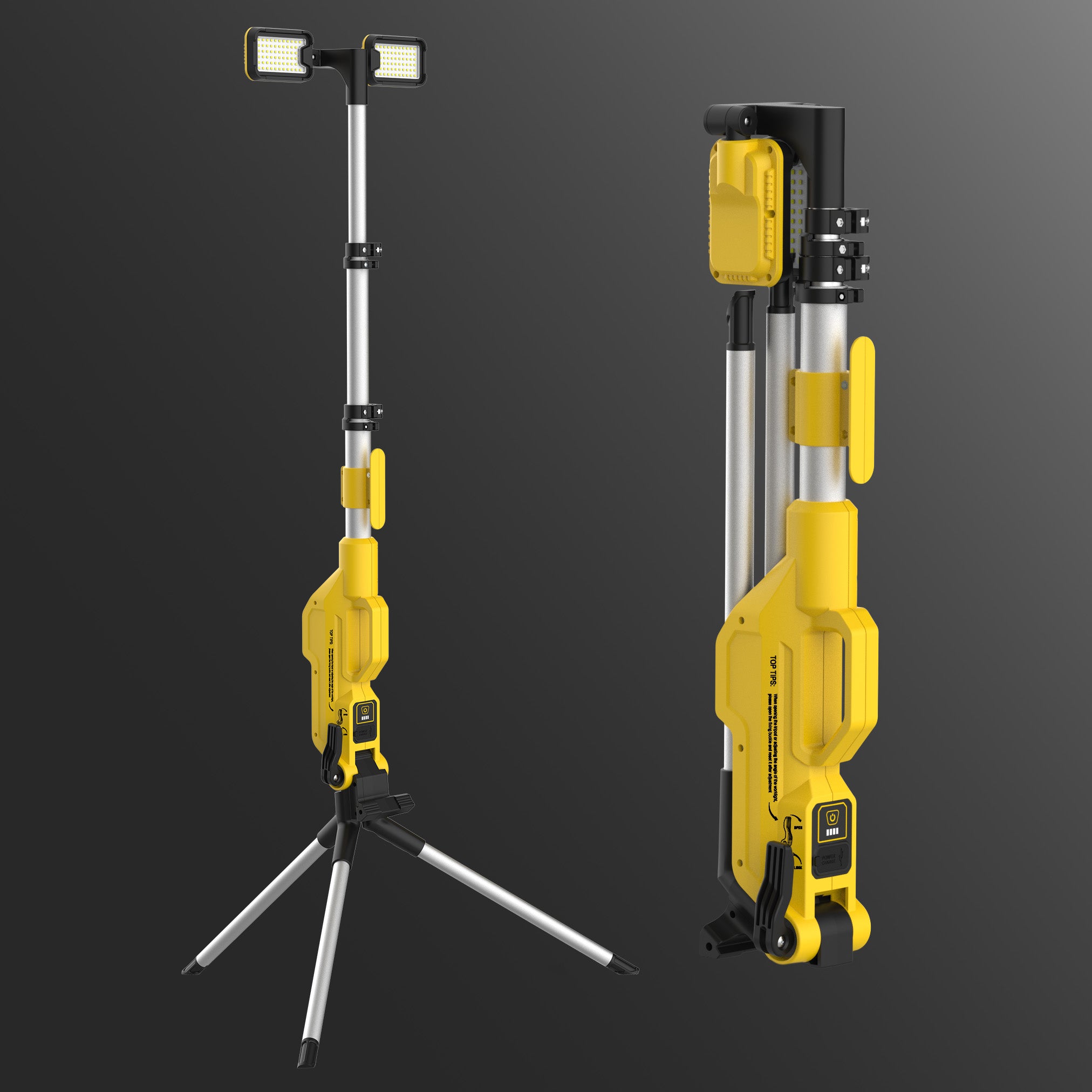
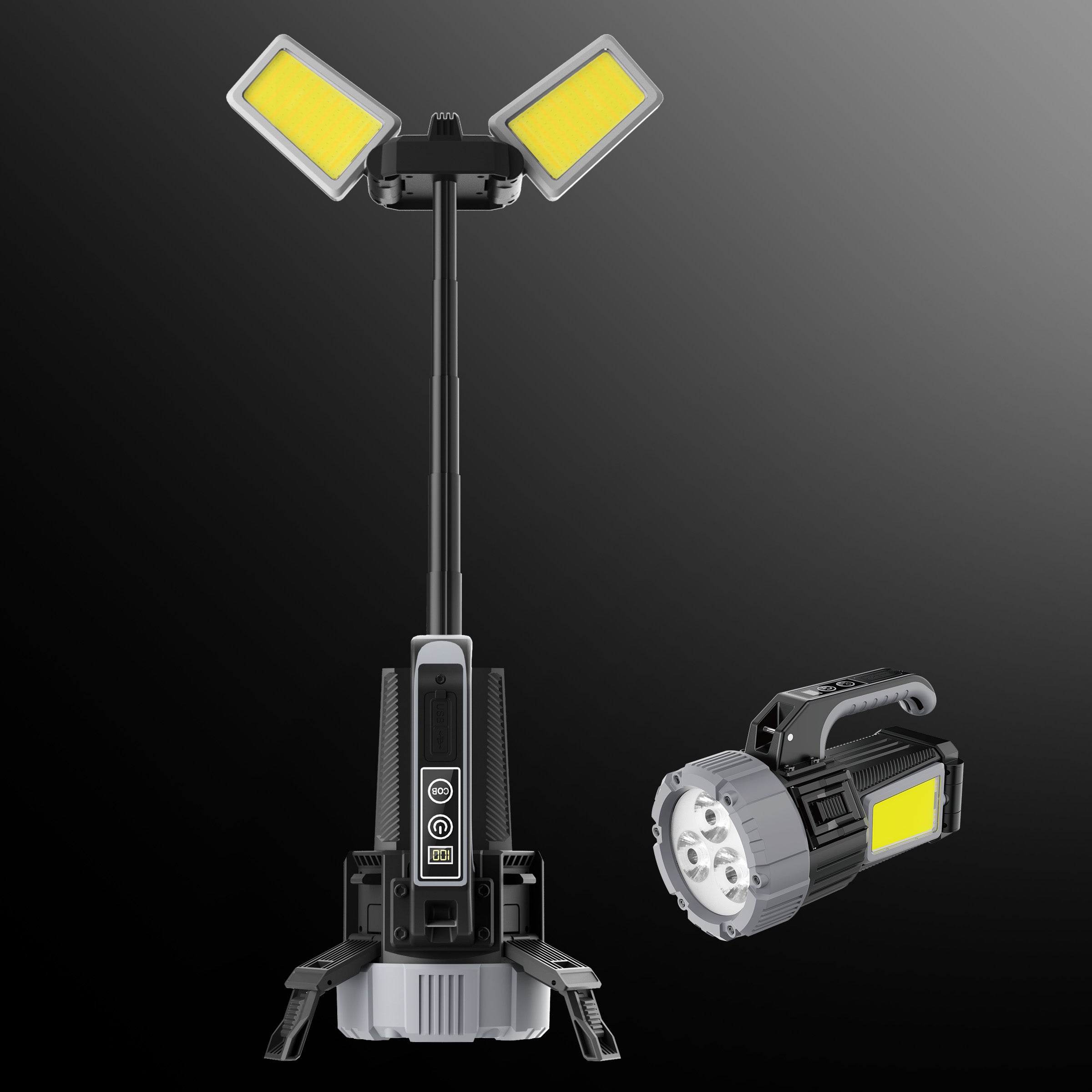


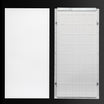
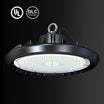
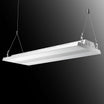


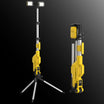
![[BOGO] Hykoont LS018 Multi-Function 2 in 1 Flashlight Portable Extendable Adjustable Brightness CCT Bright](http://hykoont.com/cdn/shop/files/HYK-STDG18-2.jpg?v=1765273877&width=104)
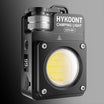
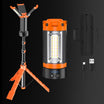
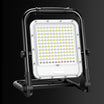
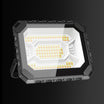
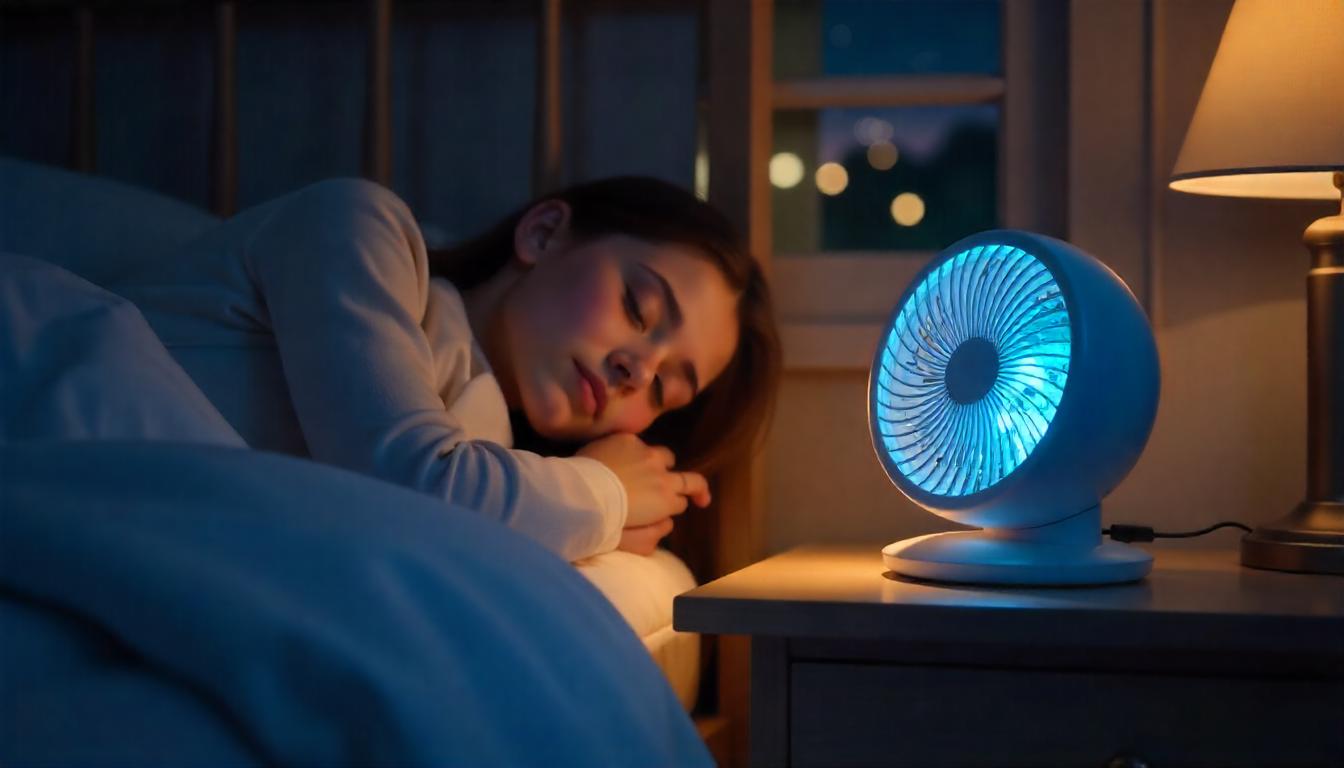

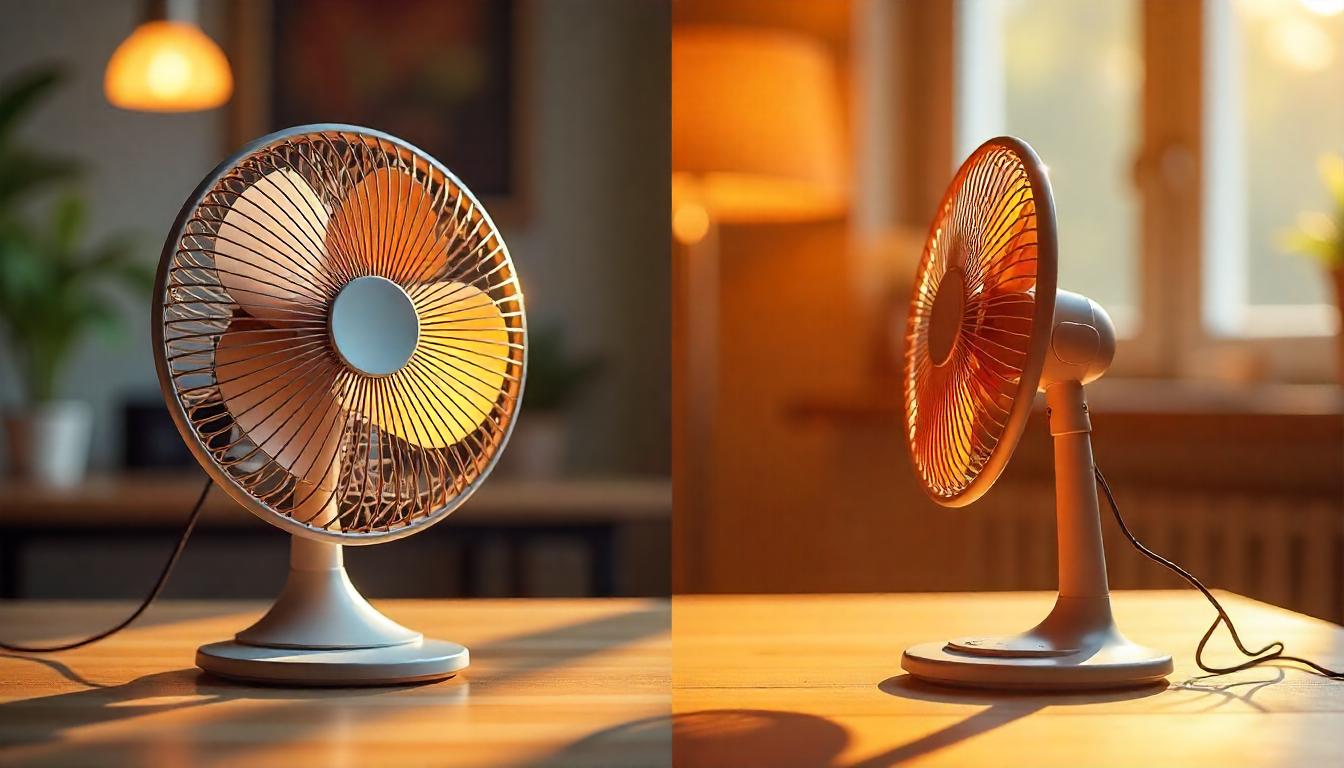





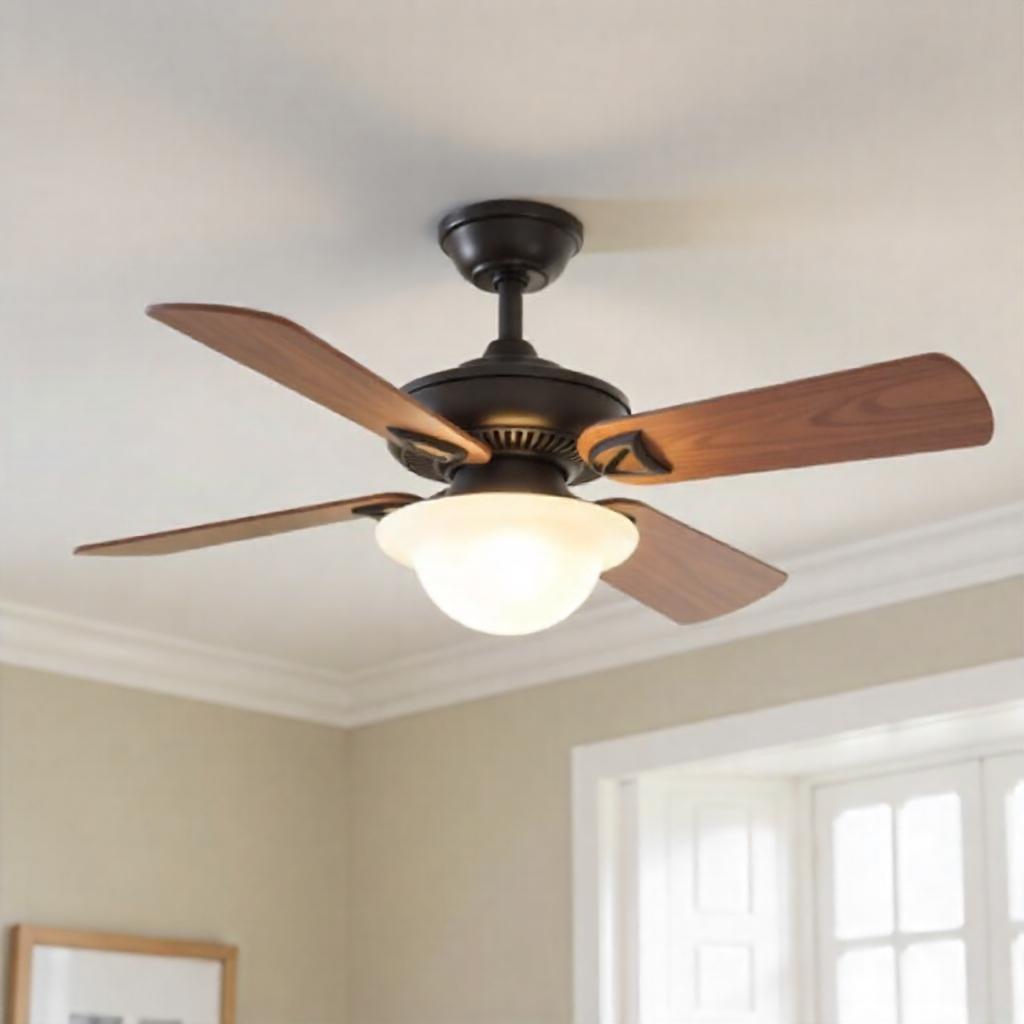
Leave a comment
This site is protected by hCaptcha and the hCaptcha Privacy Policy and Terms of Service apply.